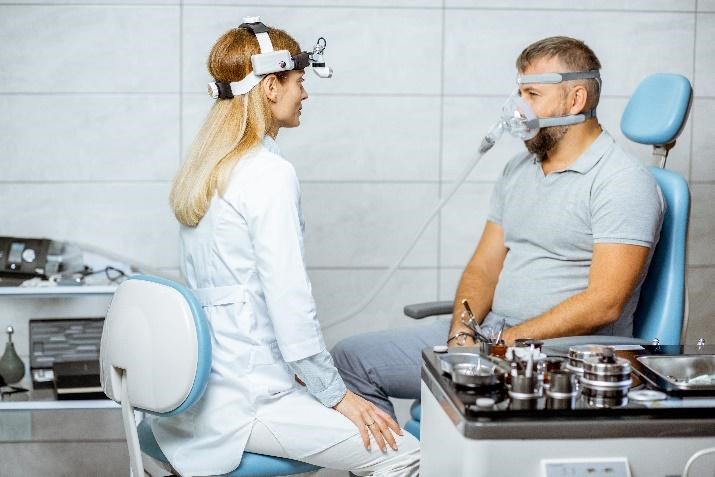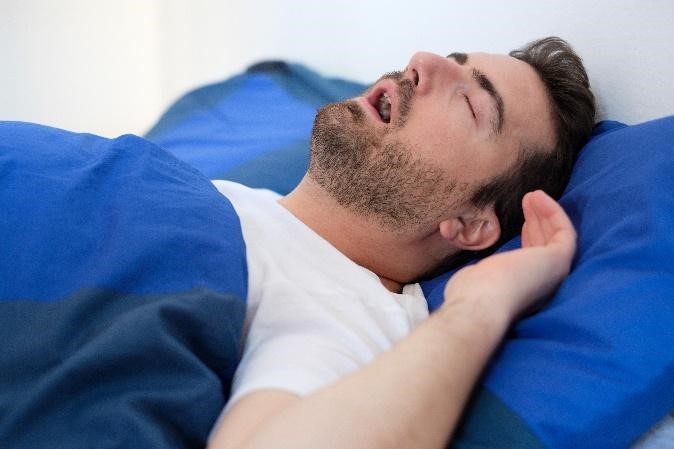Table of Contents
Latest Treatment Methods for Obstructive Sleep Apnea
 According to a recent study, obstructive sleep apnea (OSA) affects millions of American adults. Most notably, the prevalence of the disorder has been increasingly growing over the last few decades. Positive airway pressure therapy can improve symptoms significantly, but the treatment is not the correct fit for all patients. Alternative and latest treatments to improve OSA are being explored all the time. Here is a recap of the available OSA therapies, including the latest arrivals.
According to a recent study, obstructive sleep apnea (OSA) affects millions of American adults. Most notably, the prevalence of the disorder has been increasingly growing over the last few decades. Positive airway pressure therapy can improve symptoms significantly, but the treatment is not the correct fit for all patients. Alternative and latest treatments to improve OSA are being explored all the time. Here is a recap of the available OSA therapies, including the latest arrivals.
Latest Treatments for OSA
Hypoglossus Nerve Stimulation
This is a relatively new advancement among sleep apnea treatment options approved by the FDA in 2014. Hypoglossus Nerve Stimulation (HNS) is a different approach to treating OSA. With HNS treatment, a small device is implanted in the chest through surgery, and the patient can turn them on and off.
While sleeping, the device monitors your breathing and stimulates a nerve that keeps the upper airway open and working effectively. Initial research indicates that HGS improved patients’ sleep apnea symptoms and had few side effects and good compliance. Doctors may suggest this therapy for patients with mild to severe obstructive sleep apnea who are not helped by PAP therapy.
Expiratory Positive Airway Pressure (EPAP)
The EPAP system utilizes disposable adhesive valves that are placed over the nose when you sleep. When you inhale, the valve opens and assists the airway to remain unobstructed. When you exhale, the airflow is channeled into small passages that create pressure and keeps the airways open. Open airways mean reduced incidences of obstructed breathing and interruptions in sleep. Research has shown EPAP therapy has a high level of adherence. It has proven to be a good sign of successful OSA treatment.
Standard Treatments for OSA
Positive Airway Pressure Therapy
 Positive airway pressure (PAP) therapy is the most common form of treatment for mild and severe obstructive sleep apnea disorder. To use the PAP system, a patient wears a nasal or full-face mask that supplies pressurized air to the upper airway, preventing it from collapsing during sleep. There are disparities in how and at what level the pressure is delivered, including continuous, bilevel, and autotitrated systems.
Positive airway pressure (PAP) therapy is the most common form of treatment for mild and severe obstructive sleep apnea disorder. To use the PAP system, a patient wears a nasal or full-face mask that supplies pressurized air to the upper airway, preventing it from collapsing during sleep. There are disparities in how and at what level the pressure is delivered, including continuous, bilevel, and autotitrated systems.
Oral Pressure Therapy
Oral pressure therapy does not use a mask. A mouthpiece is fitted to the patient with tubing and a small vacuum console. While sleeping, the light vacuum repositions the tongue and soft palate and keeps the airway open. OPT is a protective treatment for OSA.




 Shop
Shop



